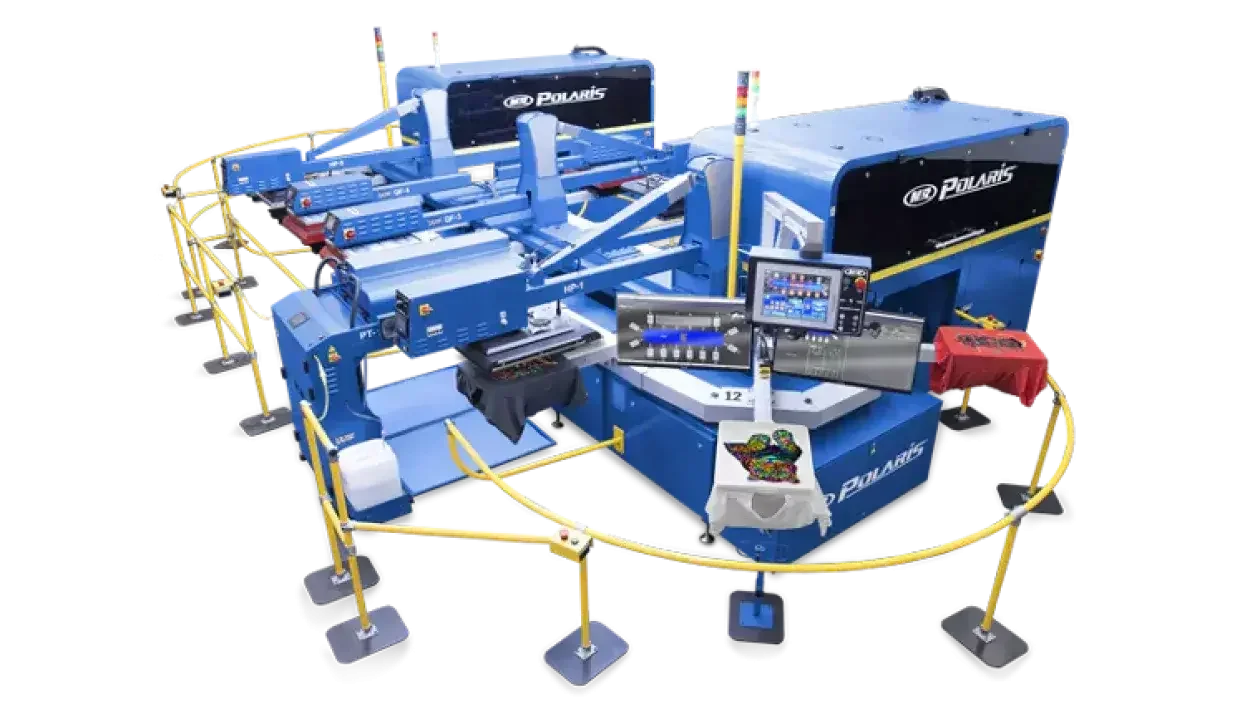Garment Printing
The tech revolution in garment decoration
Author
FESPA Staff
Published Date
23/05/2022
Become a FESPA Member
to Continue Reading
